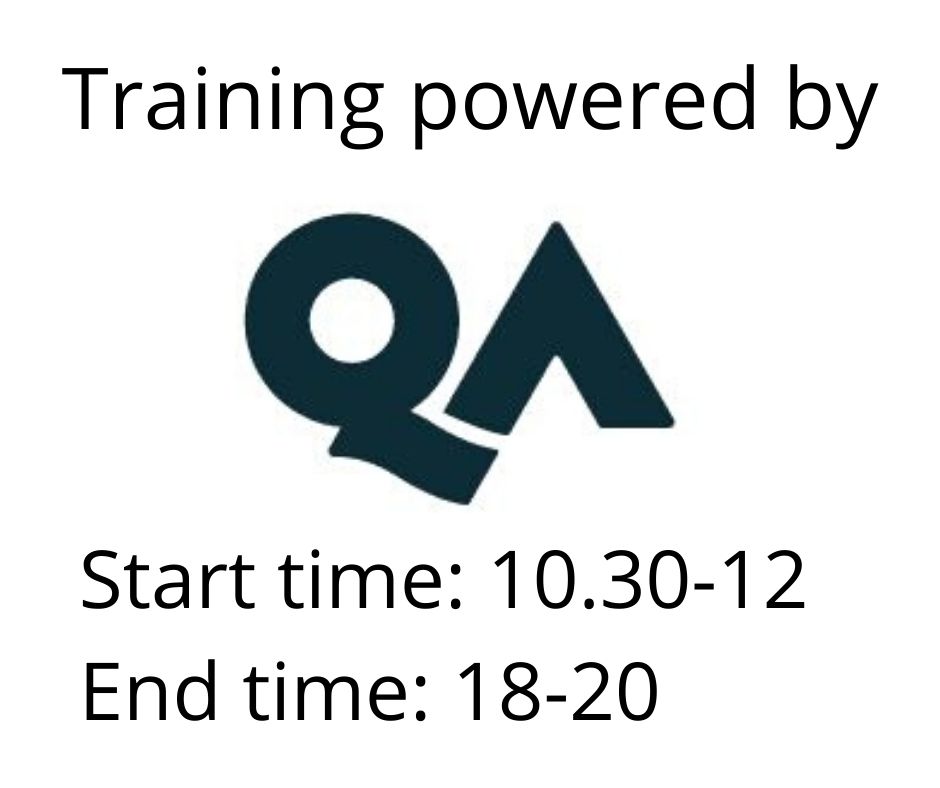Querying SQL Databases using T-SQL
This course will provide you with the basic knowledge and skills to create queries using Transact-SQL. It will teach you how to select, filter and sort data from multiple tables and how to use views and stored procedures.
Training formats
Remote
Duration
2 days
Price
2725 €
This course will provide you with the basic knowledge and skills to create queries using Transact-SQL. It will teach you how to select, filter and sort data from multiple tables and how to use views and stored procedures.
Target Audience
IT Professionals who will be writing queries for use with Microsoft SQL Server 2005, 2008, 2012, 2014 and 2016. Non-technical 'power users' will also benefit from the course if they are comfortable using sophisticated software tools like SQL Server Management Studio.
The course is aimed at both non-technical 'power users' and IT Professionals who will be writing queries for use with Microsoft SQL Server.
Please note - Delegates attending an Extended Classroom delivery will need access to a second monitor.
Goal
Where possible, our experienced trainers will take the time to discuss the how and where to use each aspect of TSQL covered in the course.
- Accessing the TSQL language using SQL Server Management Studio (SSMS)
- Getting to use SSMS to write TSQL to write queries using a single table
- Using more than one table using joins such as inner, outer and cross
- Applying filters to the output to reduce the number of rows returned
- Analysing data to return aggregated results using group by and a few functions
- Using functions to convert and cast the data between data types.
Prerequisites
There are no technical pre-requisites for this course and it assumes no prior knowledge of SQL Server.
Course Content
Module 1: Introduction to T-SQL
This module provides essential background information on Relational Database Management Systems and Microsoft SQL Server and introduces the main tool that will be used throughout the course - SQL Server Management Studio.
Lab :
- Familiarize yourself with SSMS
- Introduction to the Query Editor
Module 2: Retrieving Data
This module describes the fundamental part of a T-SQL query: the SELECT statement.
Lab :
- Basic Select statements
- Using expressions in Select lists
Module 3: Filtering Rows
This module describes how you can filter unwanted data out of your results using the WHERE clause.
Lab :
- Basic equality filters
- Basic comparisons
- Logical comparisons
- String comparisons
- NULL comparisons
Module 4: Sorting returned rows
This module describes how to use the ORDER BY clause of a query to manage the order in which rows are returned.
Lab :
- Basic sorting
- Sorting on expressions
- Unique rows
- Limiting results
Module 5: Grouping and Aggregating data
This module describes how to use the aggregate functions of SQL to calculate results for a number of records at a time and how to group results into a series of values. Finally, it describes how to filter the grouped values.
Lab :
- Single aggregates
- GROUP BY
- HAVING
Module 6: Using multiple tables
This module describes how to use JOIN clauses to retrieve data from multiple tables. It also covers the UNION, INTERSECT and EXCEPT keywords
Lab :
- Inner joins
- Outer joins
- Unions
Module 7: Using Views and Stored Procedures
This module provides an introduction to the benefits of using pre-written queries which have been stored in the database.
Lab :
- Using views
- Using stored procedures
Module 8: Common Functions
This module introduces you to some of the basic text, date and null-value manipulation functions that are built in to SQL Server.
Lab :
- Text functions
- Date functions
- NULL functions
- Formatting dates
Appendix : Modifying Data
If time allows and if enough delegates express an interest in the topic, this module gives a brief introduction to INSERT, UPDATE and DELETE statements.
